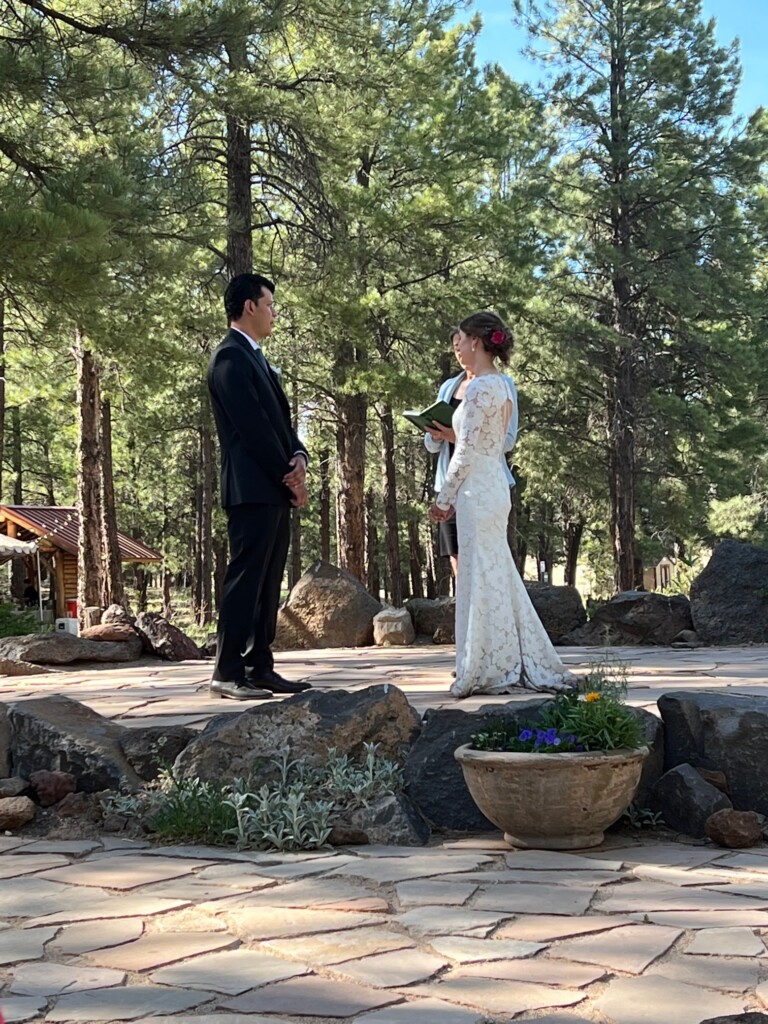Two and half new podcast episodes and congratulations to Jose Gabriel Martinez!
You may have missed 2.5 episodes of the podcast that I haven’t posted about. You can stream them here https://www.mammalwatching.com/podcast/ or download them on various podcast platforms.
In episode 25, we interviewed Tony Friend, legendary West Australian mammalogist. He talks about almost 40 years of work to save some of West Australia’s iconic and wonderfully-named mammals including species like the Chudditch, Woylie and Dibbler and the rediscovery in the mid 1990s of Gilbert’s Potoroo, a rabbit-sized kangaroo that was thought extinct for 100 years, that was hiding in plain sight. Here is the YouTube trailer.
And I just uploaded episode 26, which comes in two parts, and covers gear: Charles Hood and Fiona Reid chat with Charles Foley and me about the kit we use and share some packing hacks that can make life a little more comfortable on a trip ….. because any fool can be uncomfortable in the bush!
In that podcast we also mention that Charles Hood, Fiona Reid and I were at the Flagstaff Arboretum (Arizona) last month at THE mammalwatching social event of the summer. We celebrated Jose Gabriel Martinez Foneseca‘s marriage to Erin Westeen. And here’s a photo of the happy day. Almost certainly the only picture you will ever see of Jose in a suit!

3 Comments
-
-
Jon Hall
Thanks Gary. Very interesting and good to get some evidence instead of anecdote. I remember reading about a study in 99 or the early 00s that investigated spotlighting success by light intensity on the tablelands that had similar findings. Perhaps your wife was involved? To my mind one of the most useful every academic studies!! Coming soon, the optimal speed to drive while spotlighting. Glad you enjoy the podcast – thanks!
-
-
Gary Wilson
Further details of mammal spotlighting in North Queensland.
Further to my previous comments and Jon’s response I can advise that Robyn was one of a number of PhD students active in the area at the time. Many of them were from the first cohort of PhD students at the Cairns campus of James Cook University (where World Heritage- listed Rainforest can be seen from the office windows). The students were, amongst other things, studying the Green Ringtail Possum, Mahogany Glider, Yellow-bellied Glider, Musky Rat Kangaroo, Giant White-tailed Rat, and Lumholtz’s Tree Kangaroo (the ongoing and successful Atherton Tableland based TKMG (Tree Kangaroo & Mammal Group) was formed at this time). The students met regularly in an informal group co-ordinated by the eminent zoologist Dr John Winter.
A prime concern at the time and on an ongoing basis was habit loss and fragmentation and much of the work concentrated on the effects of this on population dynamics. They were exciting times with the advent of radio-tracking and camera trap technologies. They were also exciting in respect of working in areas where drug cultivation was rife. Robyn was advised by locals not to work in some areas and by the end of her study was aware of discussions to ‘take her out’ as it was thought she had advised the police of drug growing and distribution activities. This was on top of local hippies telling her the coloured lights (she was testing) seen on surrounding mountain tops were evidence of the presence of aliens!
Associated with the extraordinary rate of clearing of vegetation in the state the Queensland Herbarium commenced a project of describing and mapping to 10 Ha resolution the Regional Ecosystems of the state. We used archival records and B&W air photos coupled with on-ground surveys to produce maps showing the type and extent of the pre-existing vegetation, and then regularly reviewed satellite imagery to document changes including illegal clearing. The first pass of the task was recently completed but is subject to constant refinement and revision. The data are freely available on the web and are an obvious powerful tool in conservation planning and management.I trust the above has been of interest.
Leave a Reply
You must be logged in to post a comment.


Gary Wilson
Hi,
A response to the discussion re. red versus white lights and the intensity of them, when mammal watching.
My wife, Dr Robyn Wilson, did her PhD on the Lemuroid Ringtail Possum in North Queensland, and one aspect of her study considered the above question and another, the impact of ecotourism spotlighting. The prevailing wisdom at the start of her study was that red light was less disturbing on the rainforest mammals. She did trials using a range of colours and white light and found that the intensity mattered most and that operators using very bright lights were both distressing the animals, likely reducing their night vision acuity and increasing the chance of predation, e.g. by Rufous Owls, and reducing the observation experience. She has a background in physiology and also questioned the surmise that marsupials could not see in the red portion of the visible spectrum – this was later found to be incorrect, and white light at lower levels was most efficient for viewing by visitors and researchers alike.
As an accompanying photographer it was noticeable how many animals I located using just a medium power headlamp.
We enjoy the podcasts immensely – keep them comomng.